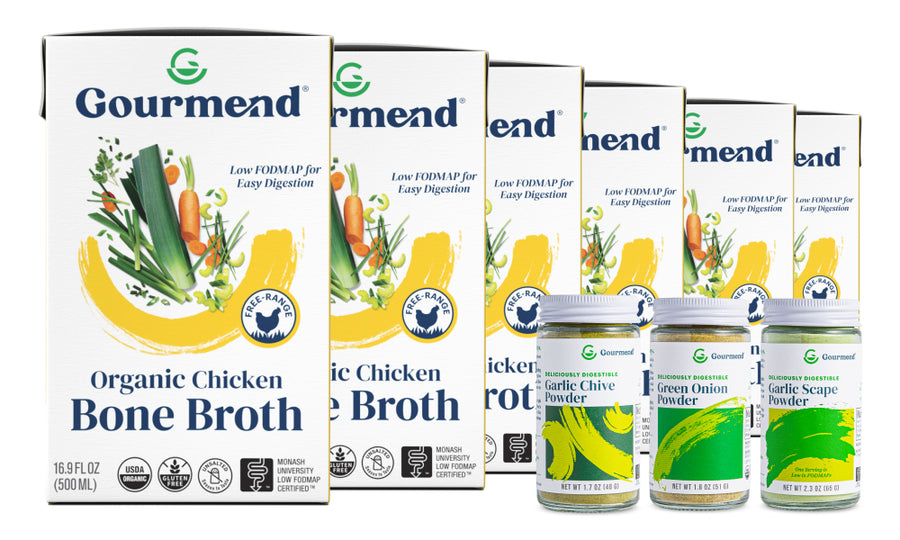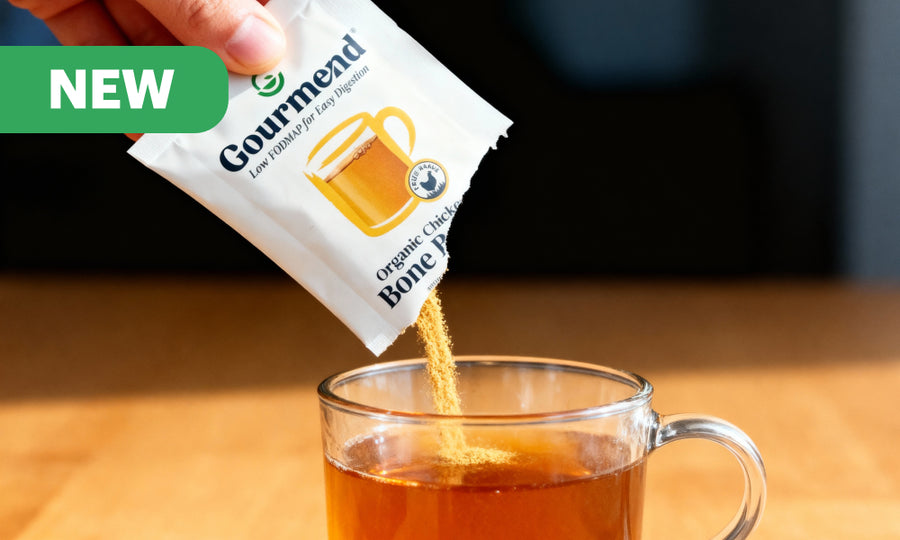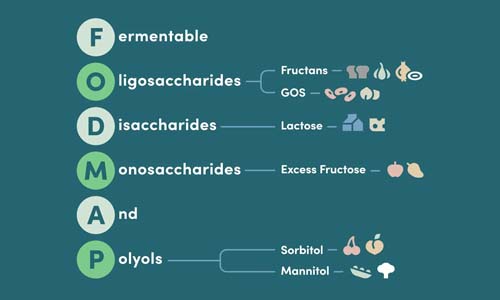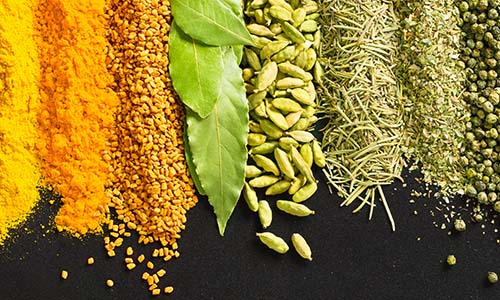Is Kale Low FODMAP? Your Complete Cooking Guide
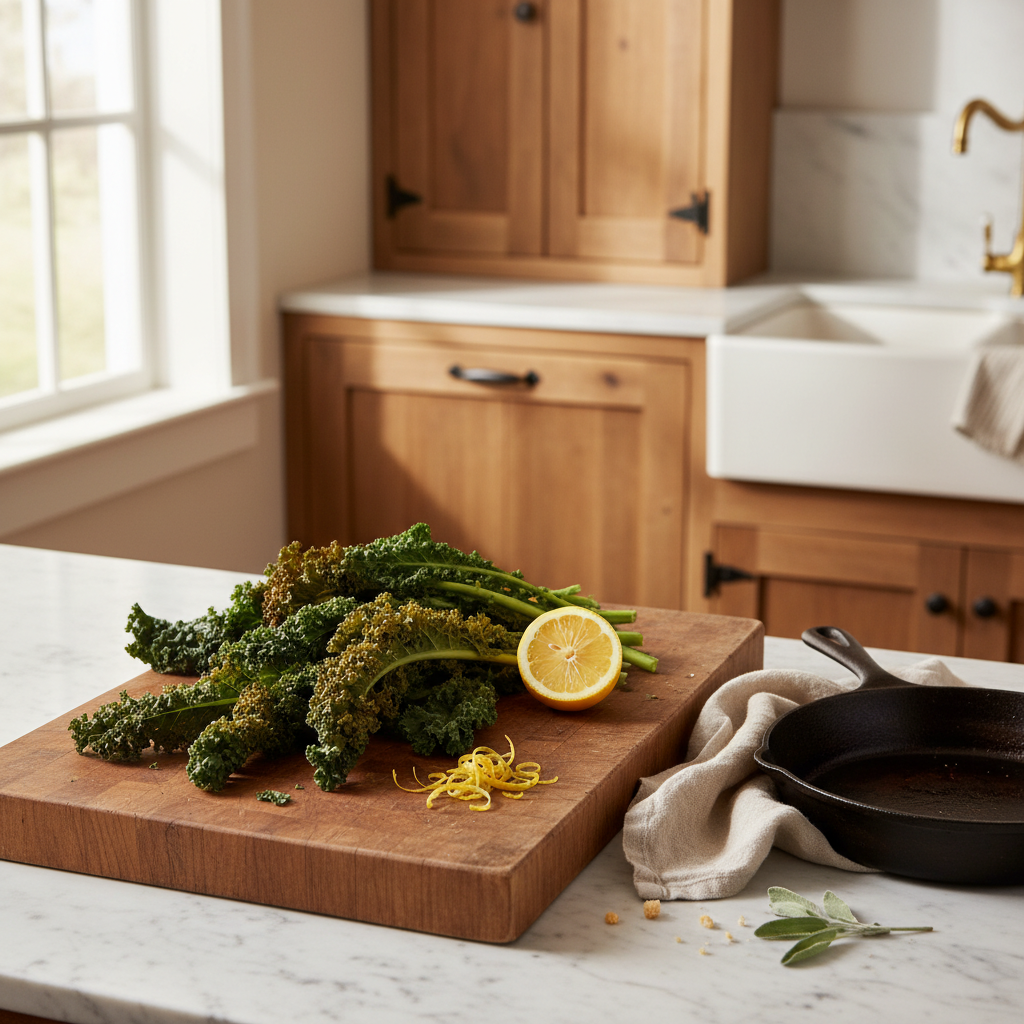
Key Takeaways
- Kale is considered low FODMAP when consumed in specific portion sizes.
- Curly kale is low FODMAP at 30g, which is about half a cup chopped.
- Lacinato kale is low FODMAP at 75g, equivalent to half a cup chopped.
- Baby kale remains low FODMAP even at larger portions, up to 630g or 10½ cups.
- Accurate portion measurement and personal tolerance are important when including kale in a low FODMAP diet.
Table of Contents
- Kale, FODMAPs, and the Art of Bold, Gentle Flavor
- Is Kale Low FODMAP? Essential Facts and How to Enjoy It
- Why Kale Can Be Gentle, or Not, on Sensitive Digestion
- Comparing Kale, Varieties, FODMAPs, and Cooking Methods
- Preparing Kale for the Best, Gentlest Results
- Kale in Gourmet Low FODMAP Recipes
- Troubleshooting, When Kale Isn't Agreeing With You
- The Science: What Makes Kale Nutritious, and Low FODMAP?
- Elevating Everyday Greens, Kale and the Joy of Low FODMAP Living
Kale, FODMAPs, and the Art of Bold, Gentle Flavor
Is Kale Low FODMAP? Essential Facts and How to Enjoy It

The answer depends entirely on variety and portion size. Kale low fodmap status varies significantly between types, making accurate measurement crucial for digestive success. For a comprehensive breakdown, see is kale low fodmap for more details on each variety and serving size.
| Kale Variety | Low FODMAP Serving | Weight Limit | Visual Guide |
|---|---|---|---|
| Curly Kale | ½ cup chopped | 30g | Small handful, stems removed |
| Lacinato (Tuscan) | ½ cup chopped | 75g | 2-3 large leaves, chopped |
| Baby Kale | 10½ cups | 630g | Large salad bowl portion |
Baby kale emerges as the clear winner for those wanting generous portions without FODMAP concerns. Its tender leaves and mild flavor make it perfect for substantial salads, while mature varieties require more careful portioning. Weighing your kale provides more accuracy than cup measurements, since chopping density can vary significantly.
The difference in FODMAP load between varieties relates to fiber structure and natural sugar content. As kale matures, certain FODMAPs concentrate, explaining why baby varieties offer such generous serving allowances compared to their full-grown counterparts.
Why Kale Can Be Gentle, or Not, on Sensitive Digestion
Kale's primary FODMAPs are GOS (galacto-oligosaccharides) and fructans, which accumulate as the plant matures. Understanding FODMAP stacking, how multiple FODMAP sources in one meal combine to exceed your tolerance threshold, explains why kale might feel fine alone but problematic in mixed dishes.
Individual tolerance varies based on gut bacteria composition, digestive enzyme production, and overall gut health. Some people process these carbohydrates efficiently, while others experience bloating, gas, or discomfort when limits are exceeded. This isn't a failure, it's valuable information about your unique digestive landscape.
To minimize symptoms while maximizing enjoyment: pair kale with easily digestible broths like Gourmend's shelf-stable options, which use chive sprigs and green leek tops for onion-like depth without FODMAP concerns. Space out other FODMAP sources in the same meal, and introduce larger portions gradually while tracking your body's response. For more inspiration, explore these low FODMAP recipes that highlight gentle ingredient pairings.
Comparing Kale, Varieties, FODMAPs, and Cooking Methods
Curly kale versus Lacinato: Curly kale offers more texture and a pronounced bitter edge, perfect for hearty soups where it holds its shape. Lacinato provides a silkier mouthfeel with milder flavor, ideal for quick sautés. Despite allowing larger portions, Lacinato's FODMAP threshold remains modest at 75g compared to curly's 30g limit.
Raw versus cooked: Cooking doesn't significantly alter FODMAP content, but it does break down tough fibers that can strain sensitive digestion. Steaming or quick-sautéing makes kale's nutrients more bioavailable while creating a gentler texture for your gut to process.
Kale versus other greens: Spinach allows 1 cup servings with minimal FODMAP load, while lettuce varieties offer virtually unlimited portions. However, kale delivers superior vitamin K, calcium, and antioxidants, making portion-controlled enjoyment worthwhile for its nutritional density.
Baby kale's advantage: Beyond its generous serving allowance, baby kale requires no stem removal and minimal prep. Its tender texture works equally well raw or lightly cooked, offering convenience without compromising the kale fodmap benefits that make this green so appealing for gut-conscious cooks.
Preparing Kale for the Best, Gentlest Results

Select kale with vibrant color and crisp leaves, avoid yellowing or wilted specimens that signal nutrient loss. Store unwashed kale in your refrigerator's crisper drawer, where it maintains peak freshness for up to a week.
Essential prep steps for digestive comfort:
- Remove tough ribs: Fold leaves in half and slice out the thick central stem.
- Chop to uniform size: Consistent pieces ensure even cooking and easier digestion.
- Massage raw kale: Rub chopped leaves with a small amount of olive oil for 2 minutes to break down tough fibers.
- Steam or quick-sauté: Light cooking softens cell walls while preserving nutrients.
When combining kale with other vegetables, weigh each component separately to avoid FODMAP stacking. A kitchen scale eliminates guesswork, while a salad spinner removes excess moisture that can dilute flavors in your final dish.
For cooked preparations, Gourmend's shelf-stable broth cartons provide the perfect cooking liquid, enhanced with chive sprigs and green leek tops that complement kale's earthy profile without triggering sensitive digestion. For a delicious dressing to pair with your kale salads, try this low FODMAP French vinaigrette recipe.
Kale in Gourmet Low FODMAP Recipes
| Recipe | Kale Type | Safe Serving | Key Flavor Elements |
|---|---|---|---|
| Crispy Kale Chips | Curly kale | 30g raw | Olive oil, sea salt, pecorino |
| Simple Kale Sauté | Lacinato kale | 75g raw | Gourmend broth, chive sprigs |
| Massaged Kale Salad | Baby kale | Up to 630g | Lemon, olive oil, green leek tops |
These kale fodmap friendly recipes showcase how proper preparation transforms this nutritious green into digestible, gourmet experiences. The crispy chips concentrate kale's mineral content while eliminating tough fibers through dehydration. Our simple sauté relies on Gourmend's carefully crafted broths, which use nori seaweed and oyster mushrooms for umami depth without high-FODMAP aromatics.
For maximum flavor impact, layer complementary ingredients: pair massaged baby kale with quinoa and grilled chicken, or fold sautéed Lacinato into rice pilaf. Each combination respects FODMAP limits while delivering the bold, satisfying meals our Gourmend customers expect.
The key to success lies in understanding that kale serves as a nutritional foundation, not the star performer. When combined thoughtfully with low FODMAP grains, proteins, and our specially formulated broths, it contributes essential vitamins and minerals without overwhelming sensitive systems. For another hearty meal idea, try this ultimate low FODMAP frittata recipe.
Troubleshooting, When Kale Isn't Agreeing With You
Digestive discomfort after eating kale typically signals exceeded FODMAP thresholds or preparation issues. Symptoms like bloating, gas, or abdominal discomfort within 2-6 hours suggest your portion exceeded your personal tolerance level.
Self-assessment checklist:
- Did you weigh raw kale before cooking? (Cooked volumes can be misleading)
- Were other high-FODMAP foods consumed in the same meal?
- Was the kale variety and portion within research-backed guidelines?
- Did you remove tough stems that can strain digestion?
Solutions for better tolerance: Reduce your next portion by half and observe your response. Cook kale longer to further break down fibrous structures, or substitute with lower-FODMAP greens like spinach or lettuce. If greens consistently cause problems, focus on chive sprigs and green leek tops for similar nutritional benefits with minimal kale fodmap concerns. Persistent symptoms warrant consultation with a registered dietitian familiar with FODMAP protocols. For more on the science of FODMAPs and gut health, see this external resource.
The Science: What Makes Kale Nutritious, and Low FODMAP?

Kale delivers exceptional nutrient density: one cup provides 684% of daily vitamin K needs, 134% of vitamin C, and significant calcium, vitamin A, and folate. Its fiber content supports digestive health when consumed within FODMAP limits, while antioxidants like lutein and zeaxanthin protect against cellular damage.
Fiber on Low FODMAP: You can absolutely meet fiber needs on a low FODMAP diet. Focus on well-tolerated sources like kale, quinoa, and carrots rather than high-FODMAP options like wheat bran or large portions of beans. For a deeper dive into the myths and science behind superfoods like kale, read this debunking article from Monash FODMAP.
Elevating Everyday Greens, Kale and the Joy of Low FODMAP Living
Mastering kale fodmap guidelines transforms this nutritional powerhouse from a potential trigger into a reliable kitchen staple. Whether you choose baby kale for generous salads or carefully measured curly kale for sautés, understanding serving sizes empowers confident cooking without digestive compromise.
The low FODMAP approach isn't about restriction, it's about informed abundance. With evidence-based portion guidance, quality ingredients like Gourmend's broths for flavor depth, and proper preparation techniques, you can build a diverse, satisfying diet that honors both your taste preferences and digestive needs. Explore our low FODMAP recipes and recipe conversion tool to keep your kitchen both adventurous and gentle, no compromises on style or substance.
Frequently Asked Questions
What are the recommended low FODMAP serving sizes for different types of kale?
Curly kale is low FODMAP at 30g (about half a cup chopped), lacinato kale at 75g (half a cup chopped), and baby kale remains low FODMAP even at larger portions up to 630g (around 10½ cups). Accurate portion measurement is key to staying within these limits.
Why does baby kale have a higher low FODMAP serving allowance compared to mature kale varieties?
Baby kale has a higher low FODMAP serving allowance because its tender leaves contain less concentrated FODMAPs like GOS and fructans, which accumulate as kale matures. This makes baby kale gentler on digestion and suitable for larger portions.
How can cooking methods affect the FODMAP content and digestibility of kale?
Cooking kale can slightly reduce its FODMAP content by breaking down some of the fermentable carbohydrates, which may improve digestibility. Light steaming or sautéing can make kale easier on sensitive digestion without sacrificing flavor.
What strategies can help minimize digestive discomfort when including kale in a low FODMAP diet?
To minimize discomfort, measure portions carefully, choose baby kale for larger servings, cook kale lightly to reduce FODMAPs, and be mindful of FODMAP stacking by balancing kale with other low FODMAP ingredients in your meal.
